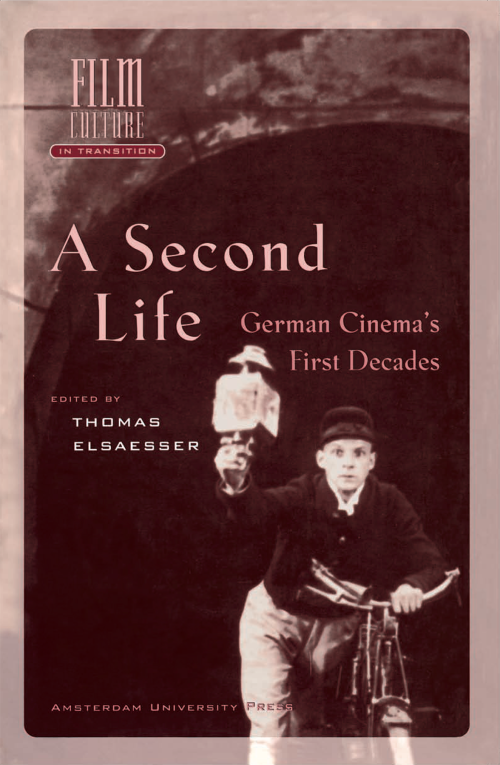German cinema is best known for its art cinema and its long line of outstanding individual directors. The double spotlight on these two subject has only deepened the obscurity surrounding the popular cinema. German Cinema performs a kind of archaeology on a period largely overlooked: the first two decades of German cinema. This collection of essays by established authors refocuses the terms of a debate that will develop in the years to come concerning the historical and cultural significance of popular cinema in Wilhelmine Germany.
Contents
Preface and Acknowledgements
Thomas Elsaesser
General Introduction
Section I – Audiences and the Cinema Industry
The Kaiser's Cinema: An Archeology of Attitudes and Audiences
Martin Loiperdinger
Oskar Messer, Film Pioneer: Early Cinema between Science, Spectacle, and Commerce
Martin Koerber
The French Connection: Franco-German Film Relations before World War I
Frank Kessler and Sabine Lenk
The Danish Influence: David Oliver and Nordisk in Germany
Evelyn Hampicke
Paul Davidson, the Frankfurt Film Scene and Afgrunden in Germany
Peter Lähn
Munich’s First Fiction Feature: Die Wahrheit
Jan-Christopher Horak
Moving Images of America in Early German Cinema
Denir Göktürk
Section II – Popular Stars and Genres
Comedy
Early German Film Comedy, 1895–1917
Thomas Brandlmeier
The Spectator as Accomplice in Ernst Lubitsch’s Schuhpalast Pinkus
Karsten Witte
Melodrama and Social Drama
Asta Nielsen and Female Narration: The Early Films
Heide Schlüpmann
Melodrama and Narrative Space: Franz Hofer’s Heidenröslein
Michael Wedel
Crime Drama and Detective Film
Cinema from the Writing Desk: Detective Films in Imperial Germany
Tilo Knops
Ernst Reicher alias Stuart Webbs: King of the German Film Detectives
Sebastian Hesse
The Early Fantasy Film
The Faces of Stellan Rye
Casper Tybjerg
Homunculus: A Project for a Modern Cinema
Leonardo Quaresima
Non-Fiction: War Films, Industrial Films, Propaganda and Advertising
Julius Pinschewer: A Trade-mark Cinema
Jeanpaul Goergen
Newsreel Images of the Military and War, 1914–1918
Wolfgang Mühl-Benninghaus
Learning from the Enemy: German Film Propaganda in World War I
Rainer Rother
The Reason and Magic of Steel: Industrial and Urban Discourses in Die Poldihütte
Kimberly O'Quinn
Section III – Film Style and Intertexts: Authors, Films, and Authors’ Films
